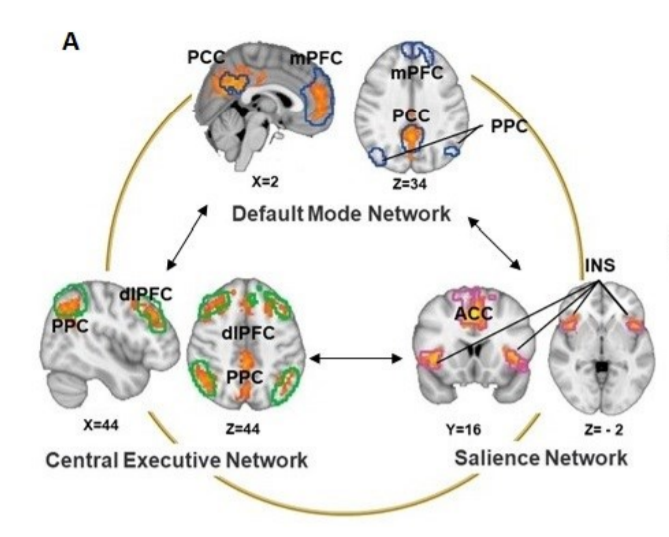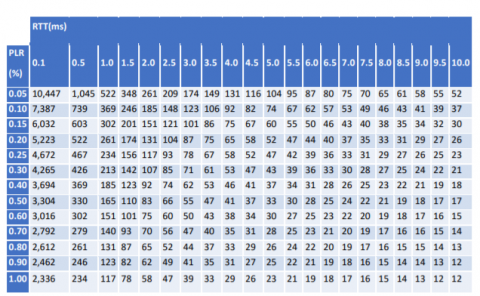Brain on the 3D Visual Art through Virtual Reality; Introducing Neuro-Art in a Case Investigation
PubDate: Apr 2019
Teams: Shiraz University of Medical Sciences;Iranian Neuroscience Society-Fars Branch;Harmony Healing Center and Aspetto Research Center; Senses Cultural Foundation
Writers: Ali-Mohammad Kamali, Mohammad Taghi Najafi, Mohammad Nami
PDF: Brain on the 3D Visual Art through Virtual Reality; Introducing Neuro-Art in a Case Investigation

Abstract
The reciprocal impact of applied neuroscience and cognitive studies on humanities has been extensive and growing over the past 30 years of research. Studies on neuroaesthetics have provided novel insights in visual arts, music as well as abstract and dramatic art. Neuro-Art is an experimental concept in applied neuroscience where scientists can study the mechanistic pathways involved for instance in visual art through which creativity and artistic capacity might receive further empowerment. Based on the existing evidence, at least 3 large-scale brain networks are involved simultaneously when one is submitted to a creativity-related task. The question whether the key brain regions involved in visual art creativity can be identified and receive neuromodulation to get empowered prompted us to perform the present case investigation. Virtual reality and functional quantitative electroencephalography upon 2- vs 3-dimentional painting were employed to study cortical neurodynamics in a professional painting artist.

